More and more people are finding themselves working from home, whether full-time or just a few days a week. The appeal is clear as day – no commute, more flexibility, and, of course, the comfort of your own space. But the challenge comes when you don’t have a dedicated room to turn into an office. What do you do then?
The good news is, even if you’re working from your kitchen table or a corner of your living room, having a dedicated workspace can make all the difference in your productivity. And yes, you can create a functional, multi-use home office without blowing your budget.
Don’t get us wrong, setting up a proper home office, even a very small one, does require some investment, but consider it money well spent. After all, a well-designed workspace can boost your efficiency, help you stay organized, and keep you from getting distracted. Here’s how you can pull it off without breaking the bank.
Take Full Advantage of Vertical Space
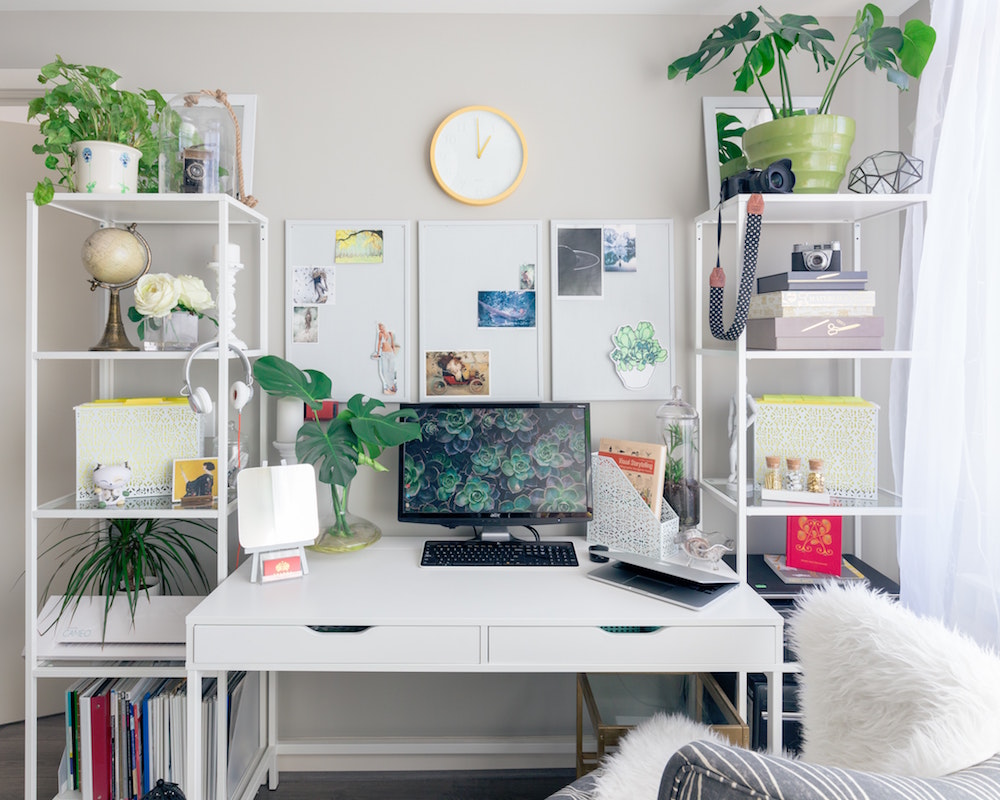
One of the biggest challenges in a multi-use space is making room for everything you need. That’s where you turn to vertical storage.
Instead of cluttering your desk with supplies, think upward: install shelves on the wall above your workspace to store books, files, and other essentials. Pegboards are another great option for hanging tools or accessories you need within reach. Not only does this clear up desk space, but it also keeps your work area organized.
As a bonus, using vertical space effectively can make your office feel like its own zone within a room. Even if you’re working in your living room or bedroom, a wall full of work essentials helps define your office area without needing walls to separate it.
Invest in an Ergonomic Chair
If there’s one area where it pays to invest, it’s your chair. You’ll be sitting for hours, and an ergonomic chair can save you from back pain, neck strain, and other discomforts. But it’s not just about comfort – an adjustable, ergonomic chair can improve your posture and energy levels, too, making it easier to stay focused.
Your office chair should also be mobile, especially if you’re working in different spots around your home. Whether you’re moving from the kitchen table to a living room nook or tucking your chair away when it’s not in use, a chair on wheels is a must.
Now, if you’re on a tight budget and can’t afford a quality chair right now, consider financing options. Personal loans or even small business loans can be worth exploring if you’re running a home-based business.
Understanding key SBA loan qualifications is the first step to securing funding for essential equipment like ergonomic furniture. This way, you won’t be stuck with a subpar chair that leaves you aching at the end of the day.
DIY Your Desk
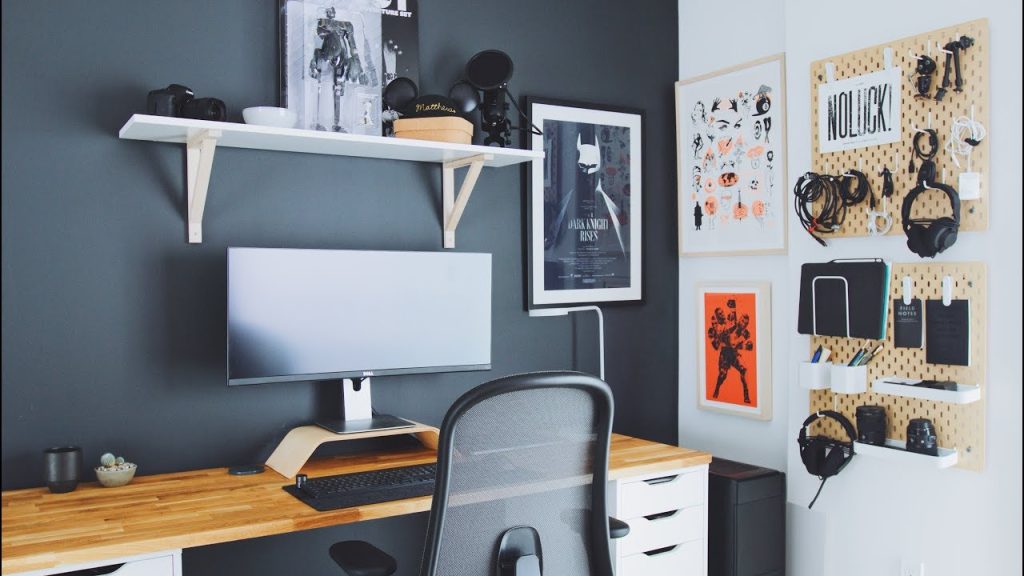
While it’s wise to invest in a proper ergonomic chair, you really don’t need a fancy desk to be productive. In fact, you can create a solid workspace with just a bit of creativity.
Repurposing an old table, for instance, can work wonders. Add a coat of paint, maybe some new legs, and you’ve got yourself a desk that fits your style without costing a fortune.
If you’re handy, building a custom desk to fit your space can be another budget-friendly option. Some wooden boards and a few tools can transform a corner of your room into a productive office area. Working in a very small space? Consider a folding desk that you can tuck away when not in use.
Budget-Friendly Storage Solutions
Keeping your workspace organized is crucial, especially when you’re sharing it with other activities. But you don’t need expensive organizers to stay on top of things. Look for budget-friendly options like plastic bins, drawer dividers, or DIY storage solutions.
Mason jars, for example, can be used to store pens and pencils, while a simple filing box can keep your papers in order.
The key here is to find storage solutions that fit your space and work style, so you can keep your office neat without spending a fortune.
Keep It Flexible
A multi-use space should be flexible enough to adapt to different activities, so whenever possible, use furniture that can be easily moved or repurposed.
For example, a storage ottoman can double as seating and a place to store office supplies. Or a foldable room divider can create privacy when you’re working and then be tucked away when you’re done.
Remember, the goal is to create a workspace that supports your productivity, not just a space that looks good. So focus on functional, budget-friendly solutions, and you’ll set up a home office that works for you no matter what room you work from.







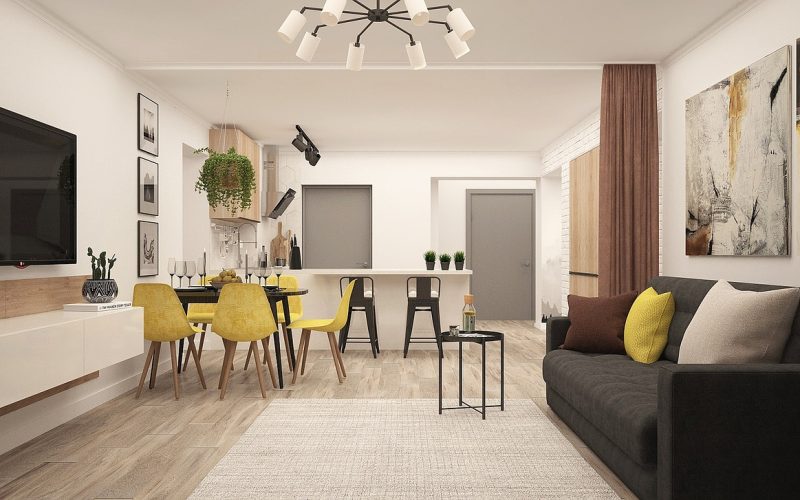

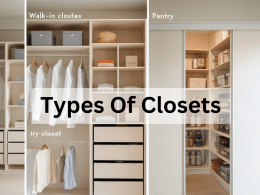
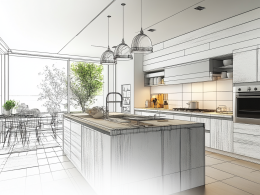

Comments 1